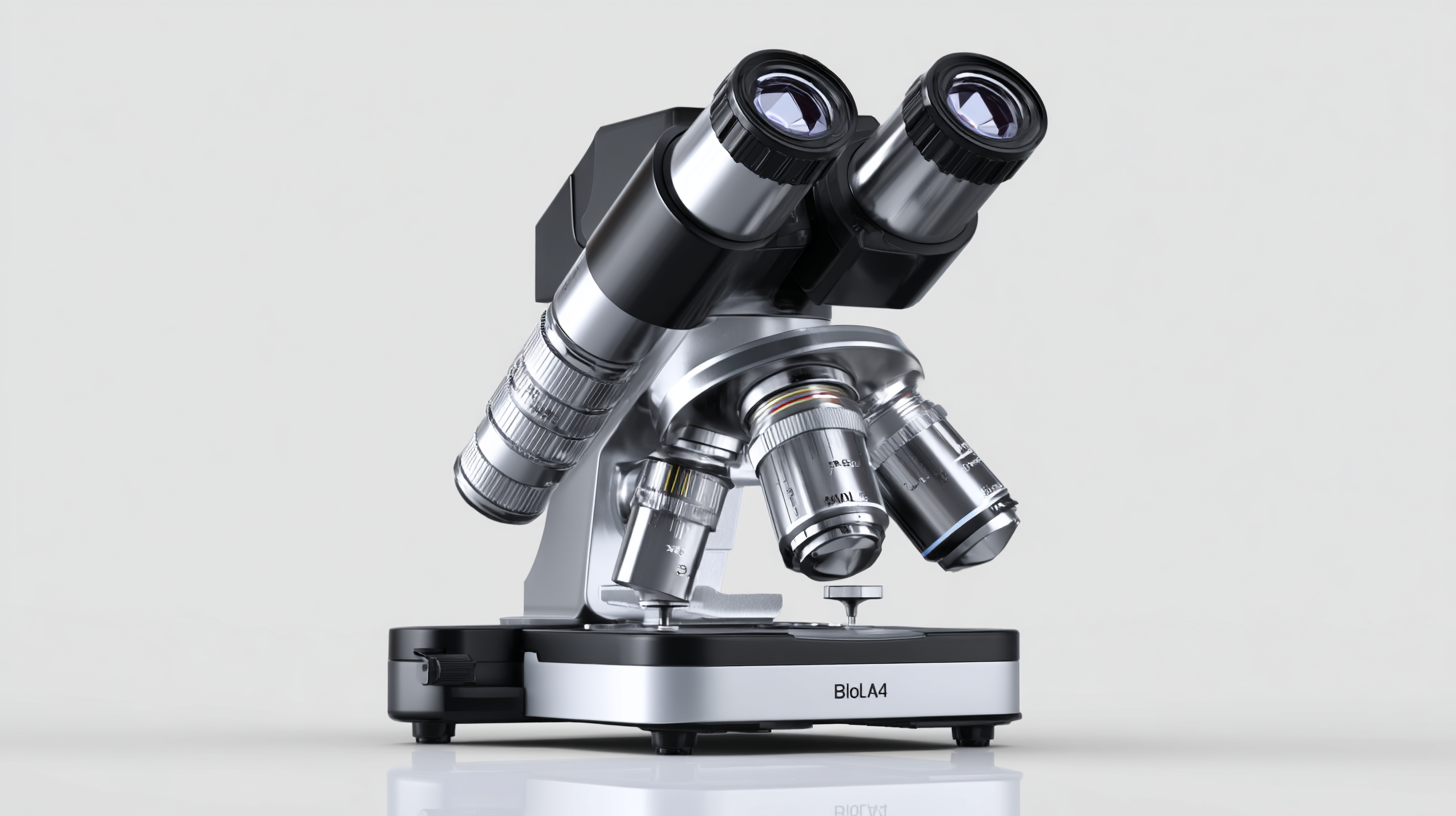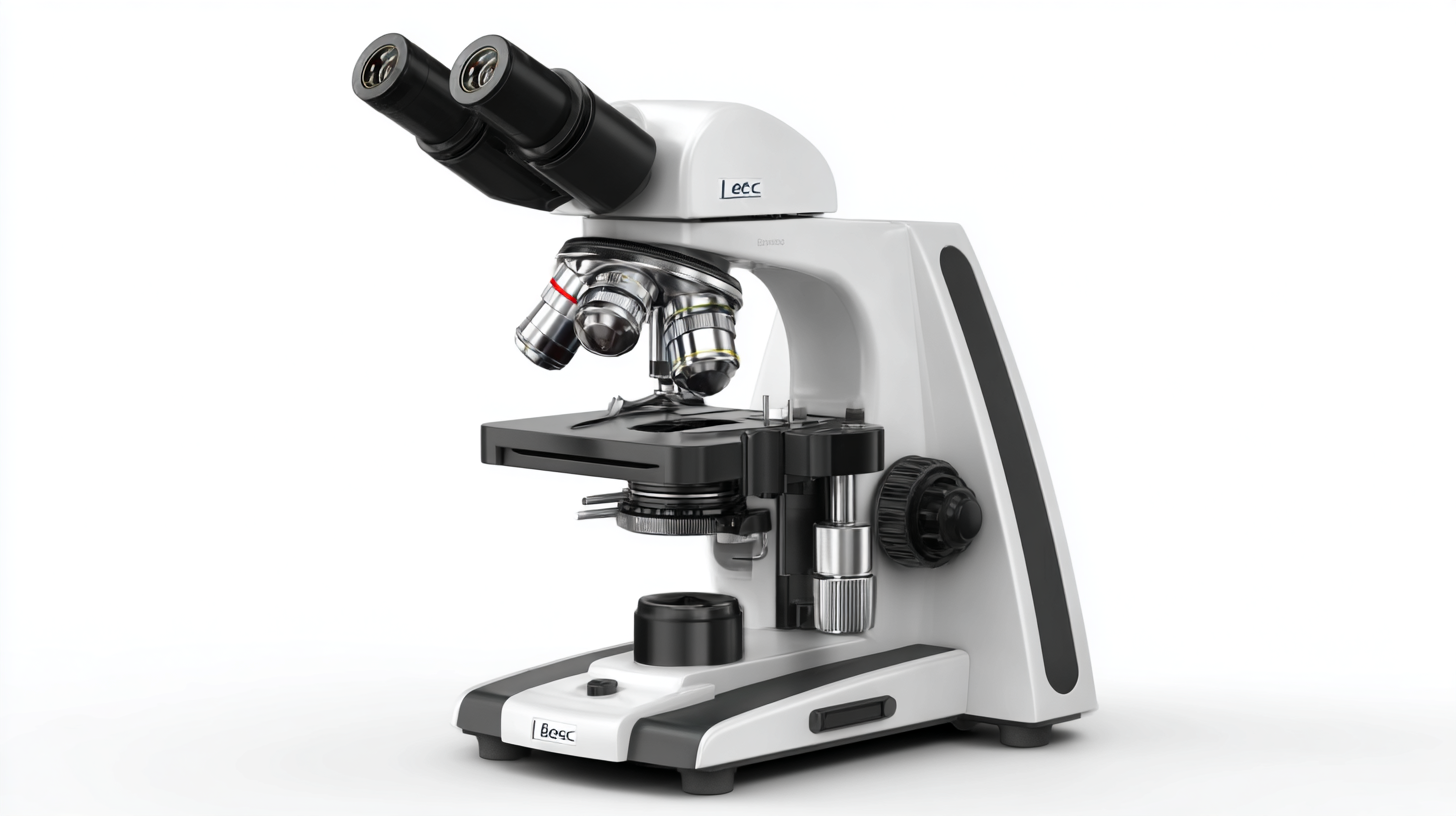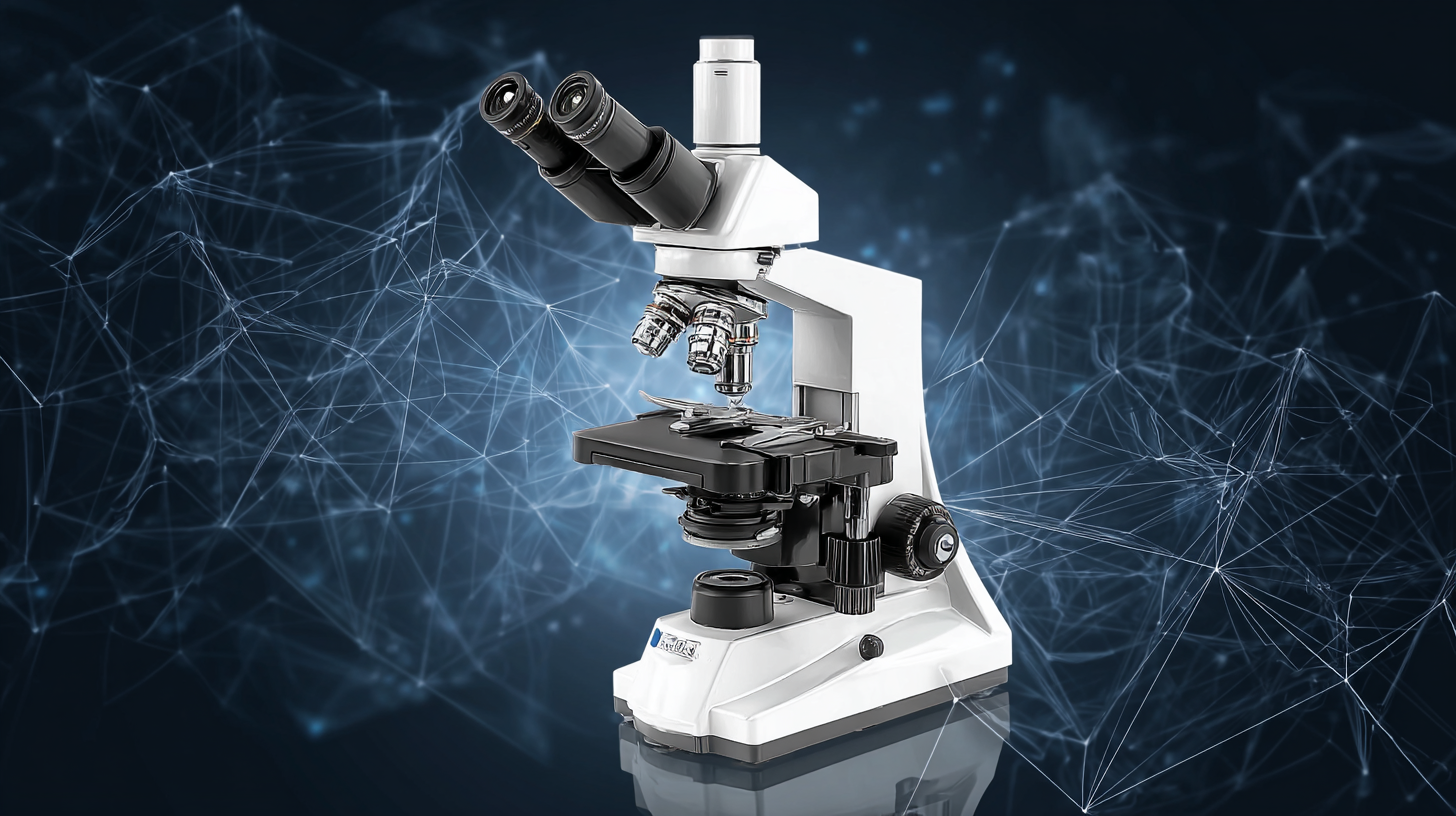- Home Page
- Company Profile
-
Our Products
- Microscope
- CONFOCAL MICROSCOPES
- Trinocular Upright Metallurgical Microscope
- Portable Grooved Metallurgical Microscope
- Cell Culture Imaging System
- Metallurgical Microscope
- Projection Microscope
- Student Stereo Microscope
- BINOCULAR STEREO ZOOM MICROSCOPE
- PCB Inspection Video Stereoscope Microscope
- SPINNERET MICROSCOPE
- Penta Head Microscope/ Multi view Head Microscope
- Research Polarising Microscope
- Senior Dissecting Microscope
- Dissecting Microscope
- Motorized Comparision Microscope
- Sieves Digital Microscopes
- Advance Inverted Tissue Culture Microscope
- Advance Stereo Zoom Microscope
- Student Projection Microscope
- Inverted Metallurgical Microscope
- Measuring Microscope
- Digital Spinneret Inspection Microscope
- Portable Inverted Tissue Culture Microscope
- Binocular Inverted Tissue Culture Microscope
- Student Compound Microscope
- Trinocular Stereozoom Microscope
- Advanced Research Microscope
- Gemological Microscope
- Polarizing Projection Microscope
- Senior Inspection Spinneretscope
- Confocal Microscope
- Senior Projection Microscope
- Toolmaker's Microscope
- Research Microscope
- Stereo Inspection Microscope
- Student Medical Microscope
- Digital Biological Microscope RXLr-4D
- Toolmaker Microscope Large
- Stereo Inspection Scope
- Trinocular Research Microscope
- Portable Metallurgical Microscope
- Binocular Research Microscope
- Student School Microscope
- Inverted Tissue Culture Microscope
- Projection Microscope
- Laboratory Microscope
- Decca Head Microscope
- Advanced Research Material Microscope
- Microtomes
- Semi Automatic Rotary Microtome
- Senior Precision Rotary Microtome
- Rocking Microtome
- Rotary Microtome Erma Type
- Freezing Microtome
- Fully Automatic Rotary Microtome
- Manual Rotary Microtome RMT-25
- Advance Rotary Microtome
- Hand Table Microtome
- Knife Sharpener Microtome
- Sliding Miocrotome
- Slide Staining Machine
- Rotary Microtome
- CRYOSTAT MICROTOME
- Optical Instruments
- Tissue Processor Machine
- Microscope Accessories
- Histopathological Equipment
- Lab Instrument
- Radical Digital Turbidity Meter
- Radical Microprocessor Dissolved Oxygen Meter
- Digital Photo Colorimeter
- Tap Density Tester
- Serological Water Bath
- Magnetic Stirrer
- Dual Channel Flame Photometer
- pH or mv or Conductivity
- Round Centrifuge
- Radical Disintegration Test Apparatus
- Digital Slide Scanner
- Precision Water Bath
- Incubator Shaker Water Bath
- Hemoglobin meter
- Microprocessor Colony Counter
- PASS BOX DYNAMIC
- Radical Microprocessor Colony Counter
- Bulk Density Apparatus
- Laboratory Rectangular Hot Plates
- Tablet Dissolution Test Apparatus
- Hemoglobin Meter (Sahli's)
- Micro Centrifuge 16000 R.P.M.
- Revolutionary General Purpose Digital Centrifuge
- Vortex Shaker
- Rectangular Water Bath
- Heating Mantel
- Digital Spectrophotometer
- Haematocrit Centrifuge
- Water Distillation with Metal Heater
- Hand Specimen Leveler Press
- GROSSING TABLE
- COOLING PLATE
- MICROPROCESSOR PH METER
- DIGITAL FLAME PHOTOMETER
- pH/mV/TEMPERATURE TESTER
- DIGITAL PH, CONDUCTIVITY & TEMPERATURE METER
- Radical Auto Karl Fischer Titrimeter
- Stereo Zoom Microscope
- Jewellery Making Microscope
- Binocular Stereo Microscope
- Advanced Stereo Zoom Microscope
- Articulated Trinocular Stereo Zoom Microscope
- Digital 3D Inspection Microscope
- Binocular Stereo Microscopes
- Motorized Stereo Microscopes
- Trinocular Microscope
- Stereo Inspection Microscope
- Stereo Microscope
- Digital 3D Inspection Microscope RSZ-3D
- Stereo Zoom Microscope RSM-8
- Polarising Microscopes
- Lab Consumables
- Profile Projector
- Optical Profile Projector
- Vertical Profile Projector
- Profile Projector RPP-500
- Profile Projector
- PROFILE PROJECTOR
- Universal Profile Projector
- Bench Type Profile Projector
- Charpy Profile Projector
- High Sharpness Profile Projector
- Profile Projector
- Horizontal Profile Projector
- Digital Profile Projector
- Radical Profile Projector
- Coaxial Profile Projector
- Anotomy Model
- Metallurgical Microscope
- Microscope
- Contact Us

30 Reasons Why the Best Binocular Microscope Should Be Your Next Investment
In the ever-evolving landscape of scientific research and education, investing in the right tools can significantly enhance the quality of observations and analyses. One such crucial tool is the binocular microscope, known for its superior depth perception and comfort during prolonged use. As we look towards 2025, the market for binocular microscopes is set to expand rapidly, driven by advancements in optical technologies and a growing emphasis on detailed microscopy in various fields, including biology, materials science, and forensic analysis. This blog explores 30 compelling reasons why a binocular microscope should be at the forefront of your next investment. Whether you are a researcher, an educator, or a hobbyist, understanding the benefits of these sophisticated instruments will empower you to make informed decisions that can elevate your work and research capabilities. Join us as we delve into this comprehensive analysis and discover how a binocular microscope can transform your microscopic endeavors.

Table of Contents
[Hide]
The Rising Demand for Binocular Microscopes in Research and Education
The rising demand for binocular microscopes in research and education reflects a significant trend towards enhancing observational capabilities in various fields. As institutions strive to improve educational outcomes and research quality, the efficiency and effectiveness of binocular microscopes play a pivotal role. The scope of their application extends beyond traditional environments, making them essential tools in modern scientific inquiry and hands-on learning experiences.
Recent developments showcase the importance of advanced microscopy techniques. For instance, educational programs are increasingly integrating these tools into their curriculums, as seen in recent initiatives aimed at fostering outdoor education and practical scientific training. Additionally, innovations in microscopy are vital to areas such as microsurgical training and the development of miniature organs, underscoring how these instruments are revolutionizing both academic and clinical practices. This upward trajectory in demand signals an exciting future for binocular microscopes, solidifying their status as valuable investments for enhancing research and education alike.
Key Technological Advancements Enhancing Binocular Microscope Performance
In the realm of microscopy, binocular microscopes have witnessed remarkable technological advancements that significantly enhance their performance. One of the most notable innovations is the integration of high-resolution optical metrology, which employs advanced light-based methods for precise non-contact measurements. This not only improves the accuracy of observations but also expands the range of applications across various fields, including medical research and material science.
When considering a binocular microscope for your next investment, keep in mind the following tips: Firstly, look for models that incorporate advanced lens coatings to reduce glare and improve contrast. This feature allows for clearer visibility of fine details. Secondly, ensure the microscope offers a wide field of view, which is crucial for comfortable viewing over extended periods. A broader field also aids in studying larger specimens without the need for constant repositioning.
Finally, prioritize ease of use and ergonomic design. A user-friendly interface and adjustable eyepieces can significantly enhance the overall experience, especially during lengthy sessions of observation or analysis. By investing in a high-quality binocular microscope equipped with these technological advancements, you will not only improve your research efficiency but also gain deeper insights into your work.
30 Reasons Why the Best Binocular Microscope Should Be Your Next Investment
This chart showcases the key technological advancements enhancing binocular microscope performance based on user feedback and expert evaluations. The X-axis represents various features, while the Y-axis indicates their significance rating on a scale of 1 to 10.
Comparative Analysis: Binocular Microscopes vs. Traditional Microscopes
When choosing between binocular microscopes and traditional microscopes, a comparative analysis reveals significant advantages that make binocular models preferable for many applications. According to a report by the Microscopy Society of America, binocular microscopes provide users with improved depth perception and a more natural viewing experience, which enhances overall observation capabilities. This is particularly beneficial in fields requiring meticulous examination, such as biology and materials science, where nuanced details can be critical to research outcomes.
Additionally, a study by the National Institute of Health indicated that binocular microscopes reduce eye strain and fatigue, enabling longer periods of use without discomfort. While traditional single-lens microscopes might be less expensive upfront, the long-term benefits of investing in a binocular model—particularly in terms of user comfort and data accuracy—make them a worthwhile consideration. In environments like educational institutions and laboratories, where frequent use is common, the choice for binocular microscopes becomes increasingly evident as they promote a more efficient and effective workflow.

The Economic Impact of Investing in High-Quality Binocular Microscopes
Investing in high-quality binocular microscopes can significantly enhance economic productivity, particularly in academic and research settings. These advanced instruments not only provide superior visual clarity, but they also foster greater accuracy and efficiency in scientific studies. The initial investment is often outweighed by the long-term benefits, such as improved research outcomes and reduced time spent on sample analysis. Academic institutions and laboratories that utilize top-notch equipment typically see a higher rate of publication success and innovation, contributing to their reputation and funding opportunities.

When considering the purchase of a binocular microscope, it's essential to evaluate the features that align with your specific needs. Tip: Look for adjustable eyepieces and high optical quality to ensure comfort and precision during extended use. Moreover, consider investing in a model that offers versatile magnification options, which can adapt to various types of samples, ultimately expanding your research capabilities.
In addition to financial implications, the impact on workforce skills should not be overlooked. High-quality microscopes can provide hands-on training opportunities, equipping students and researchers with the skills necessary to excel in their fields. Tip: Choose a microscope that is user-friendly, as this will facilitate easier training sessions and quicker acclimatization for new users, ensuring a more productive work environment.
Future Trends: How Binocular Microscopes Will Shape Scientific Exploration by 2025
As we approach 2025, binocular microscopes stand poised to revolutionize scientific exploration in ways we've only just begun to imagine. With advancements in optics and digital technology, these instruments are not only enhancing the resolution of microscopic images but also expanding their accessibility. Researchers across various fields can expect more intuitive designs and features that cater to both novice and experienced users, allowing for more seamless integration into educational and workplace environments.
The future of binocular microscopes will likely be driven by the adoption of artificial intelligence and machine learning. These technologies can help automate processes such as specimen analysis, significantly reducing the time researchers spend on image interpretation. Additionally, advancements in connectivity will enable real-time sharing and collaboration, making it easier for scientists to engage with each other globally. As the applications of binocular microscopes evolve, from biological research to materials science, their role in pushing the boundaries of discovery will become increasingly vital.
30 Reasons Why the Best Binocular Microscope Should Be Your Next Investment
| Reason | Benefit | Future Trends by 2025 |
|---|---|---|
| Enhanced Depth Perception | Allows for better spatial interpretation of specimens. | Increased adoption in educational institutions. |
| Wide Field of View | Improves visibility of larger specimens. | Emergence of modular designs for specific applications. |
| High Optical Quality | Ensures clear and precise images. | Advancements in lens manufacturing techniques. |
| User-Friendly Design | Easier operation for beginners and experts alike. | Focus on ergonomic solutions. |
| Cost-Effective | Long-term investment with low maintenance costs. | Growing accessibility and affordability. |
| Versatile Applications | Suitable for biology, materials science, and more. | Development of hybrid models for multiple disciplines. |
| Durability | Built to withstand rigorous usage. | Increased emphasis on sustainable materials. |
| Digital Integration | Allows for easy documentation and sharing of data. | Rise of smart microscope systems. |
| Enhanced Illumination | Improves visibility in challenging environments. | Adoption of LED and variable lighting solutions. |
| Training and Education | Facilitates learning in academic settings. | Growth in collaborative educational platforms. |
Contact Us
- 9th Milestome, Ambala-Jagadhri Road, P.O.- Khudda Kalan, NH-444A,Ambala Cantt - 133104, Haryana, India
- Phone : 08045479132
- Mrs POONAM BHANDARI (Incharge - Mktg & Sales )
- Mobile : 08045479132
- Send Inquiry
GST : 06AACCR8985N1ZI
Our Products
RADICAL SCIENTIFIC EQUIPMENTS PVT. LTD.
All Rights Reserved.(Terms of Use)
Developed and Managed by Infocom Network Private Limited.
Developed and Managed by Infocom Network Private Limited.



